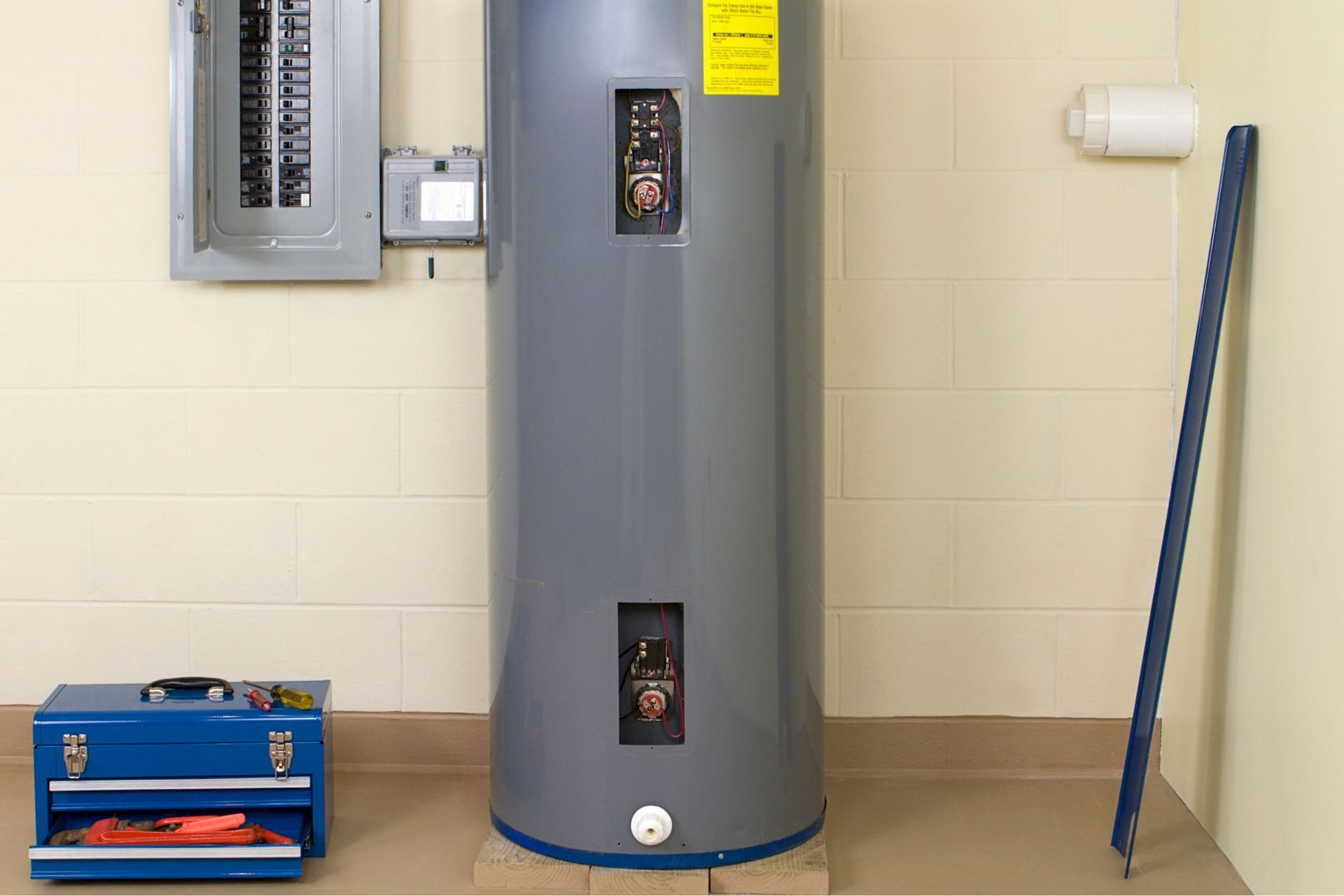How to Maintain Your Home's Hot Water System Properly
How to Maintain Your Home's Hot Water System Properly
Blog Article
They are making a few good points regarding What Kind of Maintenance Do Water Heaters Need? in general in the article down the page.

Warm water is essential for day-to-day convenience, whether it's for a rejuvenating shower or washing recipes. To ensure your warm water system runs successfully and lasts much longer, regular upkeep is vital. This write-up offers sensible suggestions and understandings on how to preserve your home's warm water system to stay clear of interruptions and costly fixings.
Intro
Keeping your home's hot water system could seem daunting, yet with a few easy steps, you can ensure it runs smoothly for many years to come. This overview covers everything from comprehending your warm water system to do it yourself upkeep suggestions and understanding when to contact specialist help.
Value of Keeping Your Hot Water System
Routine maintenance not only expands the life expectancy of your hot water system but also ensures it runs efficiently. Neglecting maintenance can bring about decreased efficiency, higher power expenses, and even premature failing of the system.
Indications Your Hot Water System Needs Maintenance
Recognizing when your hot water system requires focus can stop significant problems. Keep an eye out for signs such as inconsistent water temperature, unusual noises from the heater, or rusty water.
Flushing the Water Heater
Flushing your hot water heater gets rid of sediment buildup, boosting efficiency and extending its life.
Monitoring and Replacing Anode Rods
Anode poles stop corrosion inside the storage tank. Inspecting and changing them when worn out is vital.
Complex Issues Requiring Specialist Help
Instances consist of major leaks, electric issues, or if your water heater is regularly underperforming.
Routine Professional Upkeep Benefits
Specialist maintenance can include complete assessments, tune-ups, and making certain conformity with security requirements.
Checking and Changing Temperature Setups
Adjusting the temperature setups makes sure ideal performance and safety.
DIY Tips for Maintenance
You can do several maintenance tasks on your own to keep your hot water system in top condition.
Looking for Leakages
Consistently inspect pipelines and links for leaks, as these can result in water damage and higher bills.
Understanding Your Hot Water System
Prior to diving right into upkeep tasks, it's practical to comprehend the fundamental components of your hot water system. Usually, this consists of the hot water heater itself, pipelines, anode rods, and temperature controls.
Month-to-month Maintenance Tasks
Normal regular monthly checks can help capture minor problems before they intensify.
Testing Stress Relief Valves
Checking the pressure safety valve ensures it works correctly and protects against too much pressure build-up.
Insulating Pipelines
Protecting warm water pipelines minimizes warmth loss and can conserve energy.
When to Call a Specialist
While DIY maintenance is beneficial, some concerns require expert expertise.
Final thought
Normal maintenance of your home's hot water system is crucial for efficiency, durability, and price financial savings. By following these ideas and recognizing when to seek expert assistance, you can make certain a reputable supply of warm water without unanticipated disruptions.
How to Maintain an Instant Hot Water Heater
Before tinkering with your hot water heater, make sure that it’s not powered on. You also have to turn off the main circuit breaker and shut off the main gas line to prevent accidents. Also turn off the water valves connected to your unit to prevent water from flowing into and out of the appliance. 2. When you’re done, you have to detach the purge valves’ caps. These look like the letter “T†and are situated on either side of the water valves. Doing so will release any pressure that has accumulated inside the valves while at the same time avoid hot water from shooting out and burning your skin. 3. When the purge valves’ caps are removed, you have to connect your hosing lines to the valves. Your unit should have come with three hoses but if it didn’t, you can purchase these things from any hardware or home repair shops. You can also get them from retail stores that sell water heating systems. Read the user’s manual and follow it to complete this task properly. When the hosing lines are connected, open the purge port’s valves. 4. You should never use harsh chemical cleaners or solutions when cleaning your unit. Make use of white vinegar instead. It should be undiluted and you’ll probably use about 2 gallons. 5. Now flush your water heater. This task should probably take about 40 minutes. We can’t give you specific directions for this because the procedure is carried out depending on the type, model and brand of your heater. With that being said, refer to the user’s manual. 6. When you’re done draining the unit, you have to turn off the purge port valves again. Remove the hosing lines that you earlier installed on each of the water valves. Put the valve caps (purge port) back in their respective places and be very careful so as not to damage the rubber discs that are found inside these caps. 7. Now that everything’s back in place, check your user’s manual again to find out how to reactivate your water heating system. 8. Once it is working, turn one of your hot water faucets on just to let air pass through the heater’s water supply pipes. Leave the tap on until water flows smoothly out of it. https://www.orrplumbing.com/blog/2014/september/how-to-maintain-an-instant-hot-water-heater/

As an enthusiastic reader on How to Maintain a Hot Water Heater in a Few Simple Steps, I was thinking sharing that piece was appropriate. Don't hesitate to take the opportunity to promote this blog posting if you enjoyed reading it. Thanks for taking the time to read it.
Schedule Now! Report this page